Sound: 









Value: 









(Read about our ratings)
Measurements can be found by clicking this link.
A headphone enthusiast would likely pose a couple of questions when first confronting the Andover Audio PM-50s: Who’s Andover Audio? And what do they know about headphones? To answer the first question, it’s a Boston-area company founded by ex-Cambridge SoundWorks employees. Cambridge SoundWorks was a hyper-innovative speaker company founded in the mid-1980s by the legendary audio pioneer Henry Kloss. (Nowadays it’s a brand applied mostly to inexpensive Bluetooth speakers.) Andover Audio makes only a few products, and they’re rather idiosyncratic -- such as a sound system that slips under a turntable -- and the company continues the classic, quasi-Scandinavian styling of Kloss’s best-loved products.
Now, what does Andover Audio know about headphones? Hmm . . . I don’t see any headphone wizardry in the company bio. But that never stopped anyone from getting into the headphone business before, did it? And there have been a few companies that got it right the first time.
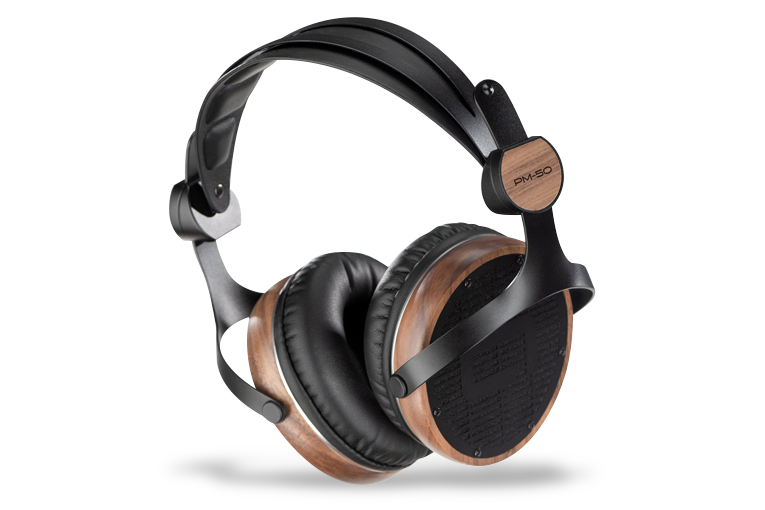
At least the PM-50 headphones ($500, all prices USD) start with what’s been a winning formula for Abyss, Audeze, HiFiMan, Monoprice, and others: an open-back, planar-magnetic design, with big 50mm drivers. The frame of the headphones is made from metal, the earcups from walnut. It’s a handsome, old-school aesthetic that could be appreciated in equal measure by a kombucha-swilling, bearded young hipster of 2020 or a pipe-smoking, fedora-wearing Brubeck fan of 1960.
Still, that’s nothing other companies haven’t done. The one feature I see that makes the PM-50s a bit special is that they come with two sets of earpads for two different sounds. One is thicker and more squarish in profile; these are said to provide a “more relaxed and open sound.” The thinner, rounder cushions supposedly create “more immediacy and impact.” A third set of pads, with a looser fit, is planned for later in 2020.
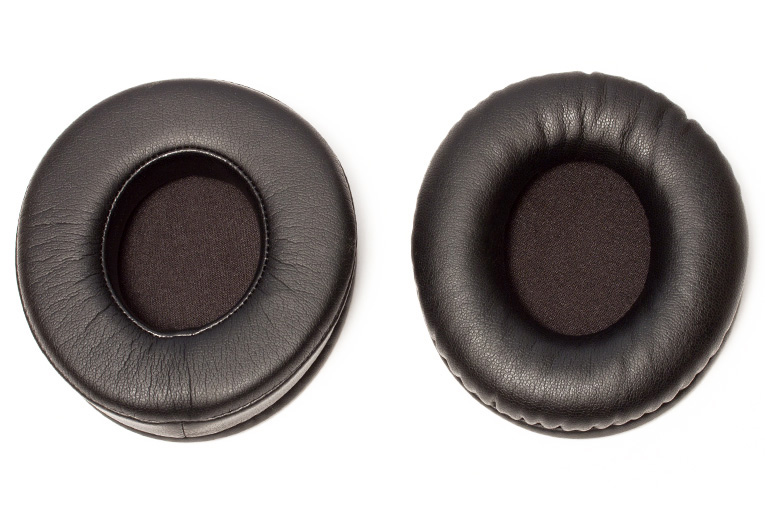
With a rated impedance of 32 ohms and claimed sensitivity of 102dB with a 1mW signal, the PM-50s should be easy for any smartphone (with a headphone jack) or tablet to drive.
In the box
Because they’re intended for home listening, the PM-50s don’t include much -- just the headphones, the extra set of earpads, a 6' (1.8m) cable tipped with 3.5mm plugs on all ends, and a 3.5mm-to-6.3mm (1/4") adapter.
Use
The PM-50s aren’t heavy, but the sample I received had rather firm clamping force out of the box, at least on my large head. However, because they have a simple metal headband, it’s easy to bend them slightly outward to make them a little more comfortable. Once I did this, I found them easy to wear for a couple of albums’ worth of tunes. Just as this review went to press, Andover told me they’d be making a running change to lighten up the clamping force a bit.
The interchangeable earpads are my favorite thing about these headphones. Both sound good, just a little different. The rounded pads have a little more punch and definition in the bass, with a slightly rolled-off treble. The squared-off pads have a somewhat flatter bass response and a little more treble, for more apparent detail at the price of a slight amount of sibilance. I love that these pads give you two viable options, and I bet most listeners will find something to enjoy in both of them. I ended up doing most of my listening with the rounded pads, but I liked the sound with the squared pads, too.
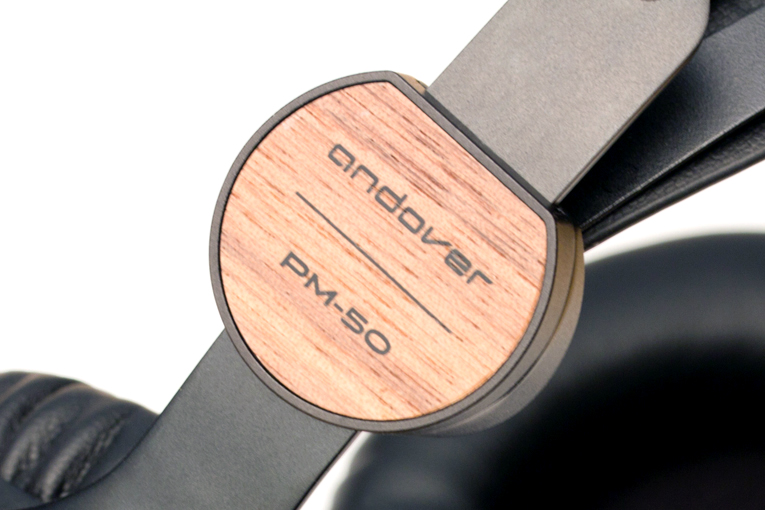
LeRena Major, who got in one last listening session with me before California went into “stay in place” mode due to the coronavirus, thought the rounded pads sounded a little dull for her taste, but the squared pads sounded a little too bright -- although she ended up finding that brightness an overall sonic plus. More of her comments later.
With most material, my Samsung Galaxy S9 phone was able to drive the PM-50s to loud levels, and it usually sounded smooth and graceful doing it. I’ll list one exception below.
Sound
It didn’t take me a lot of listening to know that I enjoyed these headphones. With the rounded pads, the only colorations are a little bit of extra punch in the bass, caused by what sounded like a bit of a bump in response around 100Hz (and that’s not necessarily a bad thing), plus a slightly rolled-off upper two octaves (5 to 20kHz). Voices sounded smooth, all the instruments were clear in the mix, and nothing seemed overemphasized or unnatural.
One of my favorite tests of high-frequency response is a light tap on a splash cymbal 38 seconds into the title track of Lester Bowie’s Brass Fantasy’s I Only Have Eyes for You (16-bit/44.1kHz WAV, ECM). If an audio component has rolled-off treble, the cymbal will practically disappear. If it has boosted treble, the cymbal will sound too loud. Through the PM-50s, fitted with the rounded pads, the cymbal sounded a little soft in volume, but still clear. Bringing the 8 and 16kHz sliders on my phone up by 2dB brought the sound to what I considered neutral, based on having heard this tune through hundreds of systems. Even though the treble was a little soft, I still got a good sense of the colossal reverberance of the snare drum, and that reverberance is mostly what I listen for in this recording.
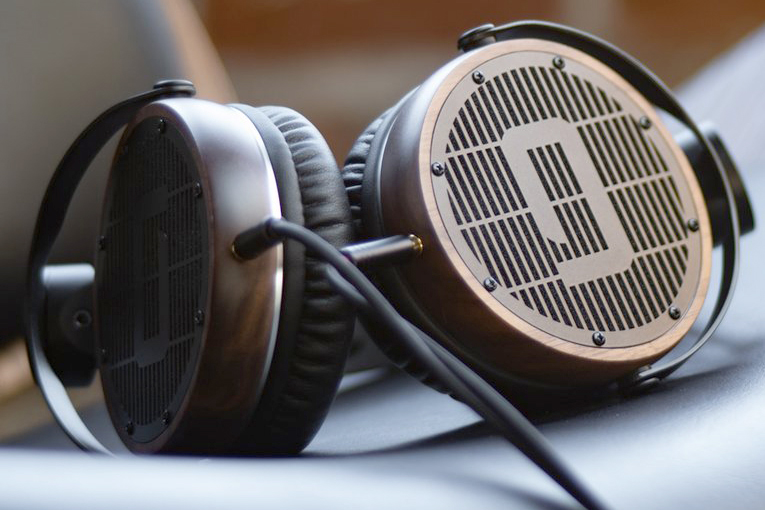
I was torn between the rounded pads and the squared pads when I played Cécile McLorin Salvant’s version of “Sam Jones’ Blues” (Dreams and Daggers, 16/44.1 FLAC, Mack Avenue / Qobuz). This tune has an old-school vibe -- it sounds like it’s being played in a saloon in San Francisco around 1920, with a rather crude piano sound (like a beat-up upright piano) and the drummer playing with sticks on a piece of wood or a drum rim or something. With the PM-50s fitted with the rounded pads, Salvant’s voice sounded clear, and the elusive groove was definitely there, although the bass sounded a little low in the mix and some of the “click” of the sticks was damped. With the square pads, there was more bass and more treble and the voice became even clearer, although perhaps a bit thinner-sounding.
I played the same tune through three other planar-magnetic headphones: the open-back Audeze LCD-1s ($399) and Monoprice M1570s ($599.99), and the closed-back Dan Clark Audio Æon Flow 2 Closeds ($899.99). Honestly, “Sam Jones’ Blues” sounded great on all four headphones, but they all had a slightly different take on the tune: the M1570s had the most neutral response (to my ears, at least), the Æon Flow 2 Closeds produced a bigger sense of space, the PM-50s were a little softer, and the LCD-1s were a little brighter.
While “Sam Jones’ Blues” sounds like a stereo recording with vocals recorded on a separate microphone and mixed in, Haim’s new single “The Steps” (16/44.1 FLAC, Columbia/Qobuz) is a far more complex production, although as best I can tell, it’s played with real instruments rather than a bunch of digital samples. In this case, the PM-50s sounded very enjoyable with the rounded pads, with the acoustic guitar strums and electric guitar riff sounding exceptionally clear. Two dB of extra treble in my phone’s EQ made it even more so, and I also added 2dB of bass at 63Hz to get closer to the fuller bottom end I heard from the big M1570s. The squared pads seemed to bring in a bit of a midrange push that made the sound on this busy track a little more glarey.
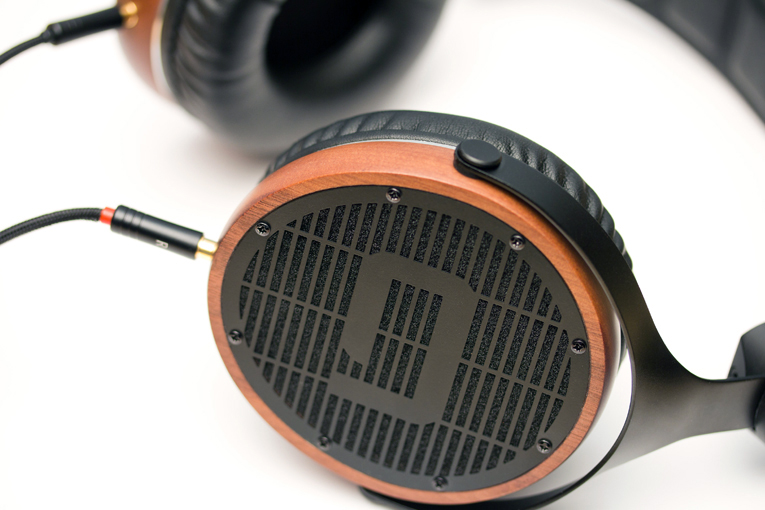
The tune where I wanted a little more volume from my phone was “Dress” by PJ Harvey (Dry, 16/44.1 FLAC, Too Pure / Qobuz). That says far more about the mastering of the recording than it does about the PM-50 headphones, because “Dress” sounded really good through the PM-50s, especially with the square pads, which gave the kickdrum a little more kick, the tambourine a little more sizzle, and the cello a little more bowhair scrape. It’s just to say that if you plug the PM-50s into a meh source device, they’ll still sound good, but on tunes like “Dress” that are mastered at a fairly low level, they will benefit from an external DAC-headphone amp.
All of the classical, jazz, and pop I played through the PM-50 headphones sounded really nice, and I appreciated the ability to tweak the sound a bit by changing earpads -- which was so fast and easy that I never hesitated to do it. I could find only one tune that the PM-50s couldn’t seem to sort out: the title track of the remastered version of Metallica’s Master of Puppets (16/44.1 FLAC, Elektra/Qobuz). No matter which set of earpads I tried, the sound seemed a little soft and lacked impact. In my opinion, music like this often benefits from zippier, more lively sounding headphones -- but those headphones can get a little fatiguing on lighter music.
Andover Audio has promised to send me the third set of pads when they’re available, so I’ll hang on to this review sample for a while and add comments about the new pads when I get them.
Listening panel
Because of the coronavirus pandemic, I have had to temporarily stop using outside listeners -- however, right before things got really crazy, I was able to do a listening session with LeRena Major, a Los Angeles saxophonist who’s held several positions in the music business and is a voting member of the National Academy of Recording Arts and Sciences. She compared the PM-50s to all the headphones listed above, using an iFi xDSD DAC-headphone amp.
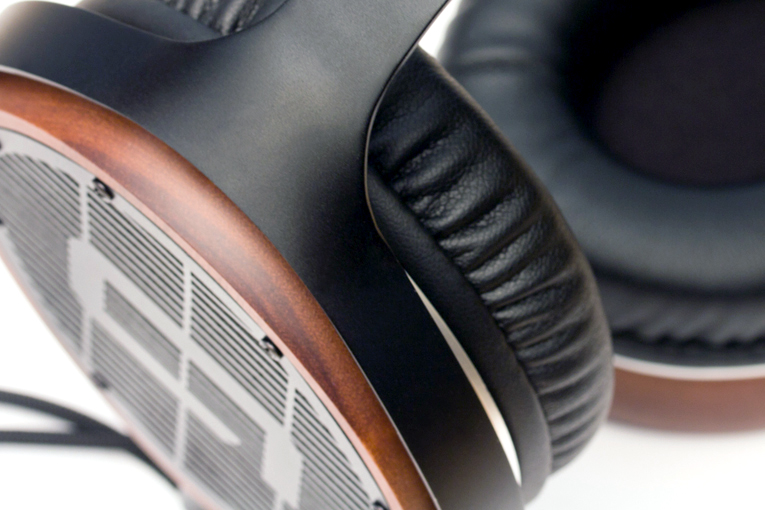
LeRena gravitated toward the squared-profile pads right away, and used them for all of her listening. She was initially a little put off by the brighter sound of these pads, but, as she put it, “Once I started comparing them with the other headphones, I could see that the brightness was an advantage. It made me feel more enveloped, and I usually prefer headphones that can do that. I ended up liking these a lot, although not quite as much as the Monoprice headphones because those had better deep bass. These are a lot lighter and more comfortable than the Monoprices, though.”
Conclusion
The PM-50s mark an auspicious debut for Andover Audio in the headphone biz. I found them just really pleasant to use overall, especially with the rounded pads, which gave them a more relaxed sound that dudes in late middle age, like me, tend to prefer. And of course, if you do find yourself wanting a little more zip, you can easily switch to the other pads . . . and back again at your leisure. Just as important, they’re comfortable enough for long, long listening sessions.
. . . Brent Butterworth
Associated Equipment
- Smartphone -- Samsung Galaxy S9
- DAC-amplifiers -- iFi xDSD, iFi Hip
Andover Audio PM-50 Headphones
Price: $500 USD.
Warranty: Two years parts and labor.
Andover Audio
Phone: (978) 775-3670
E-mail:
Website: www.andoveraudio.com





